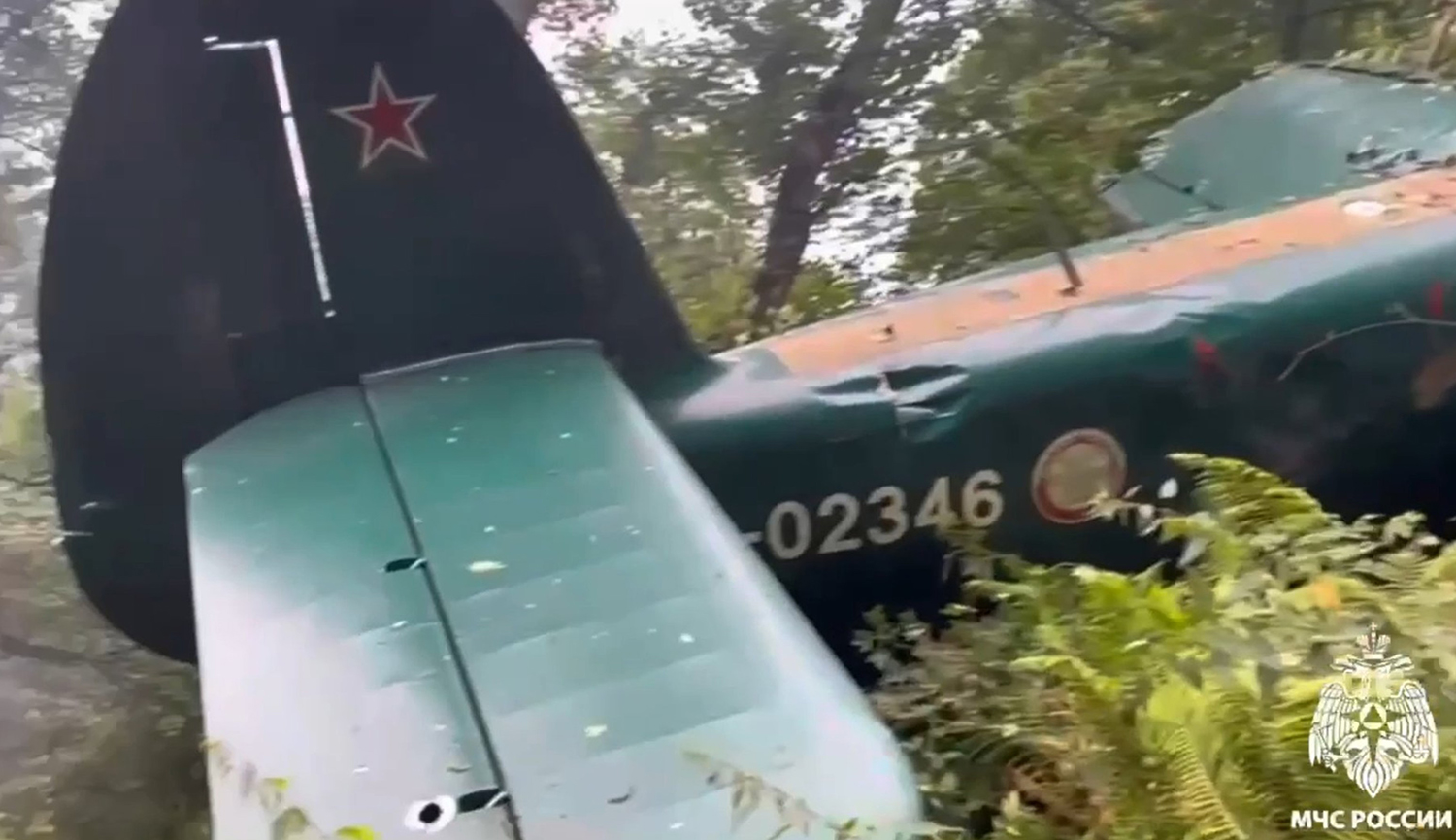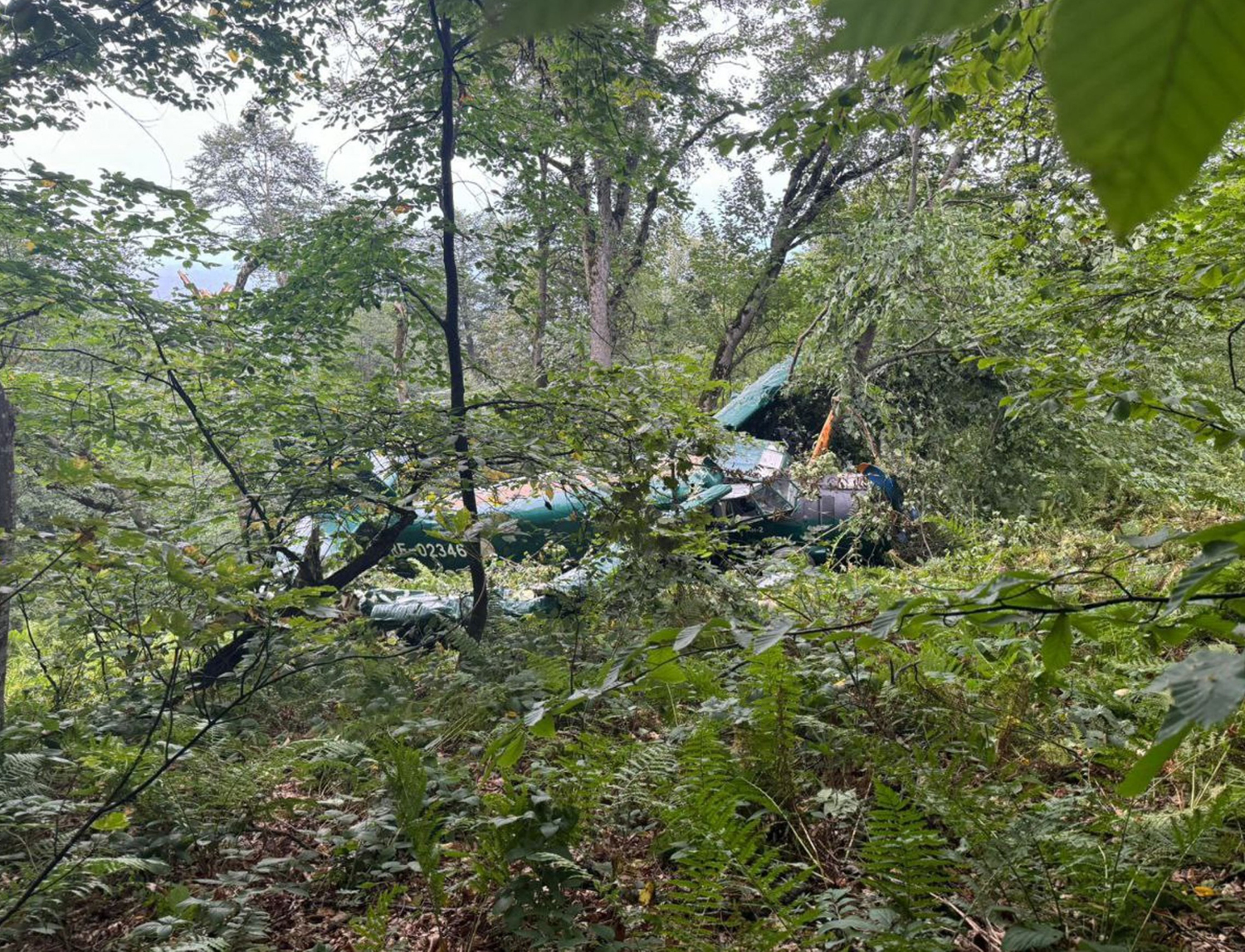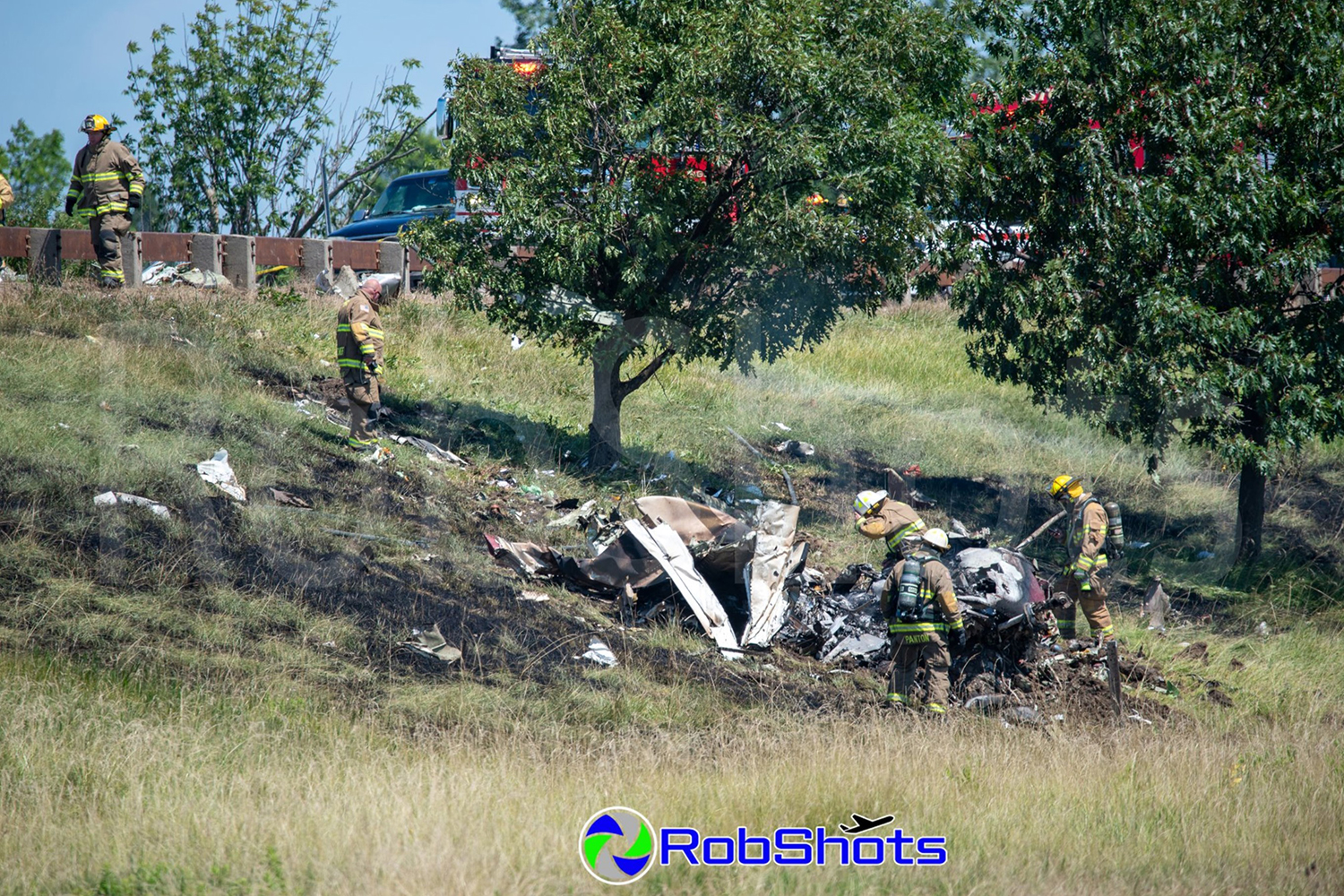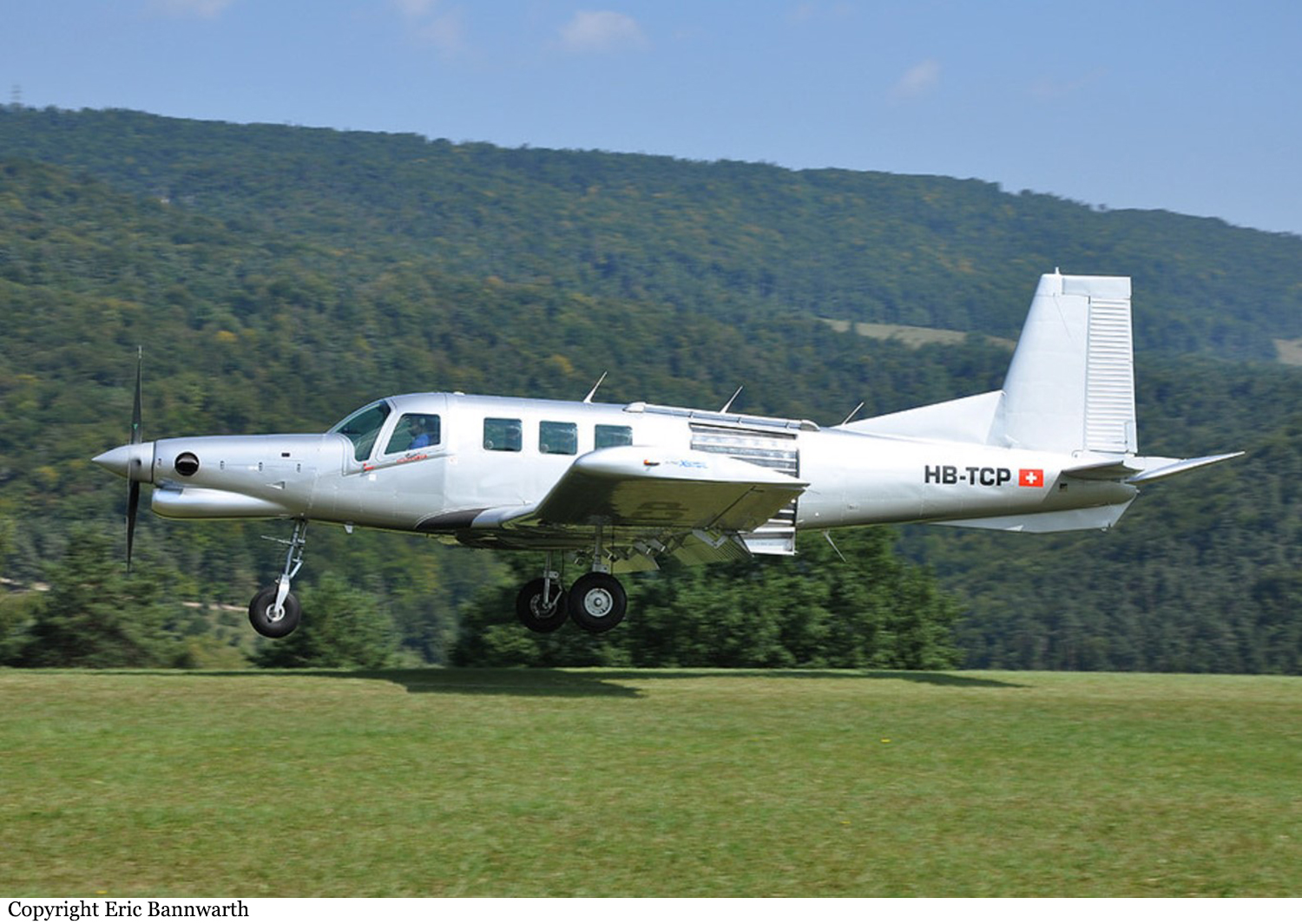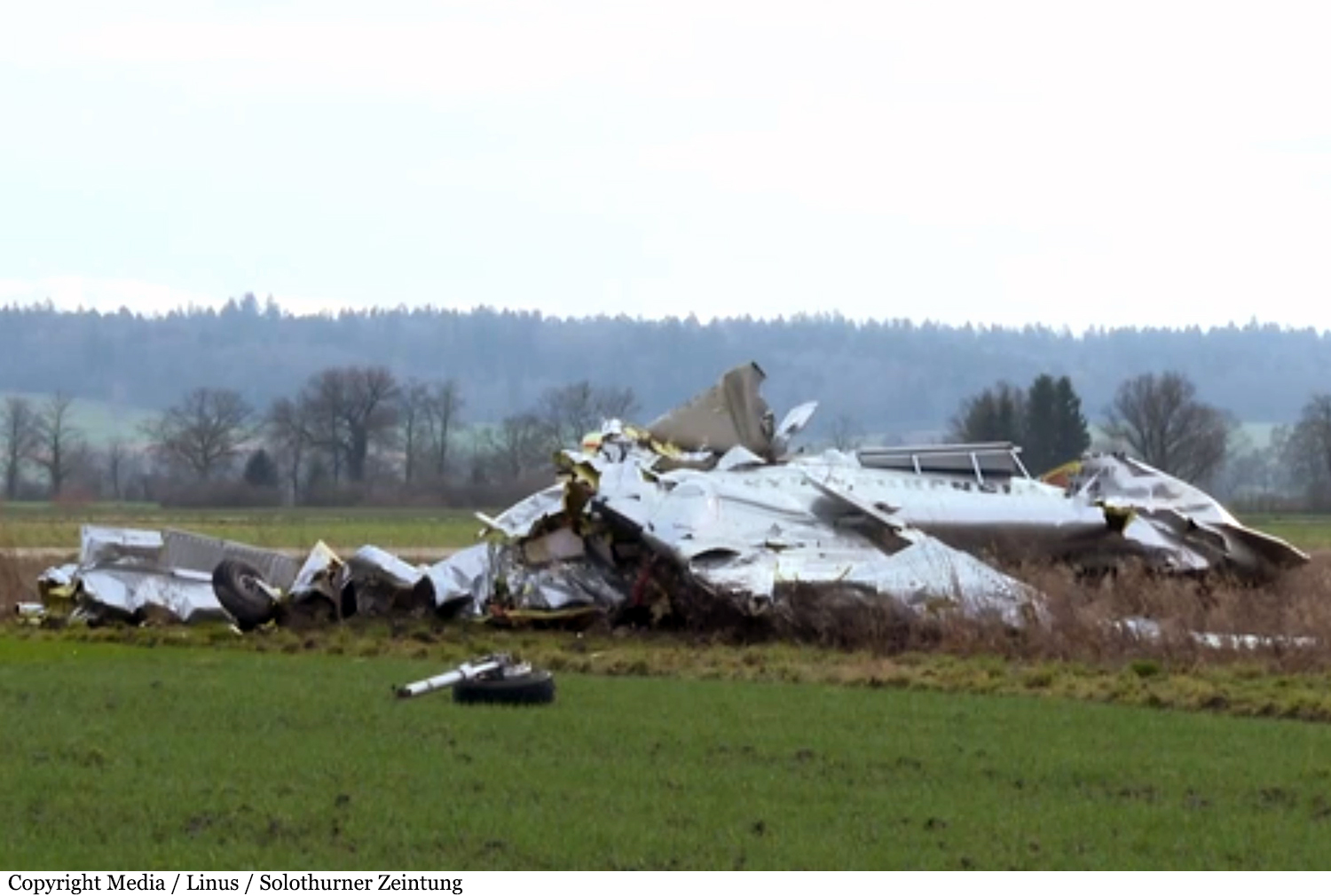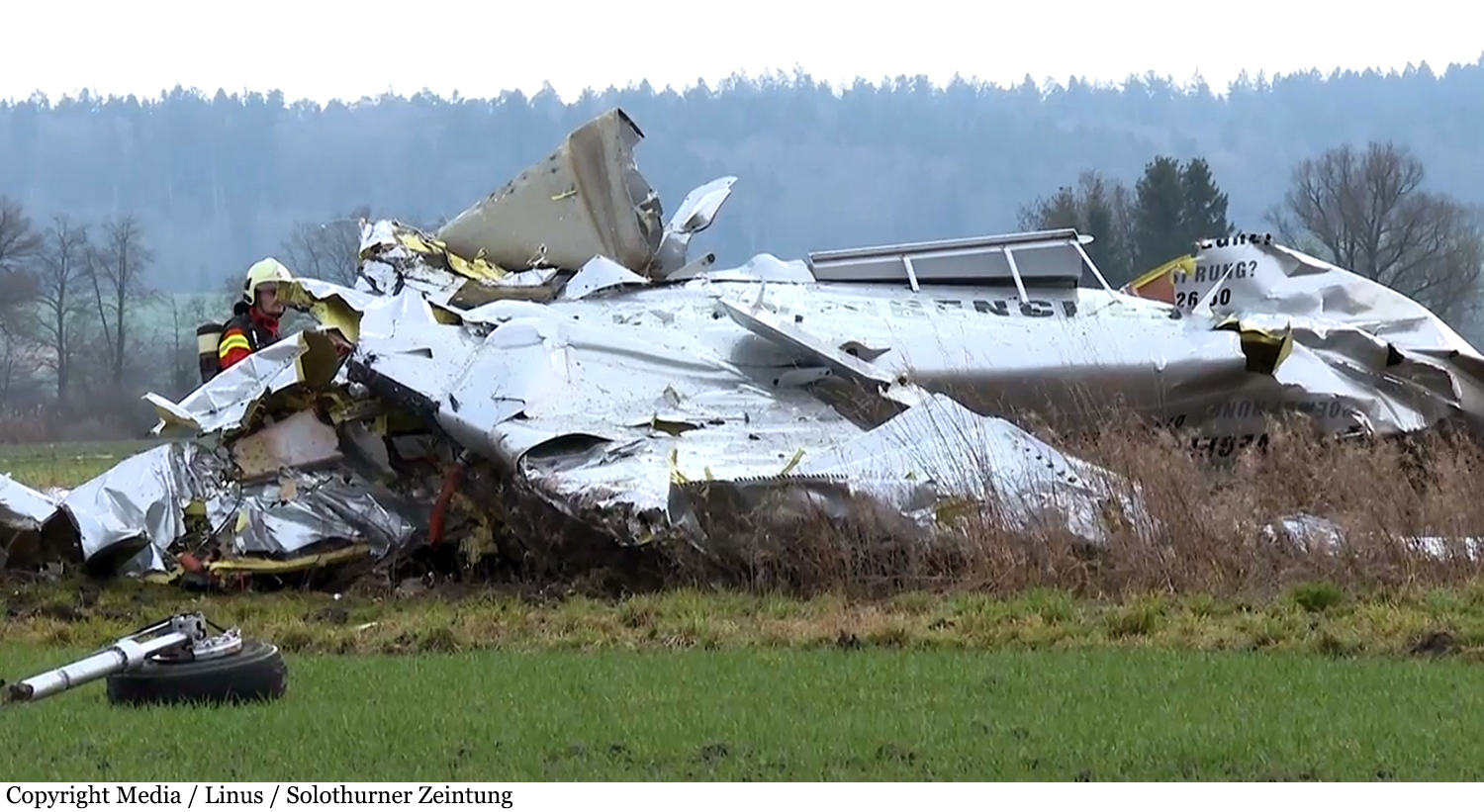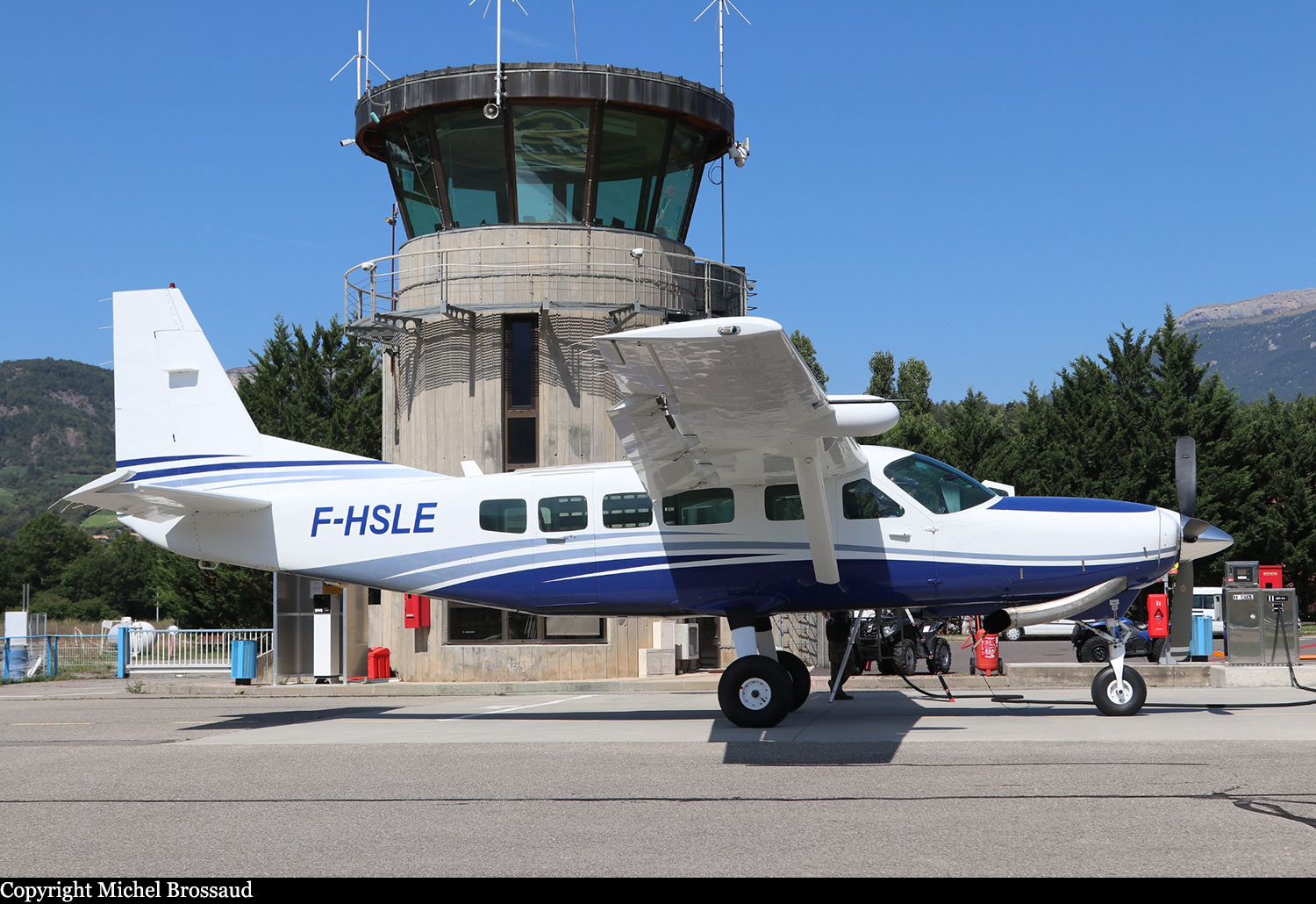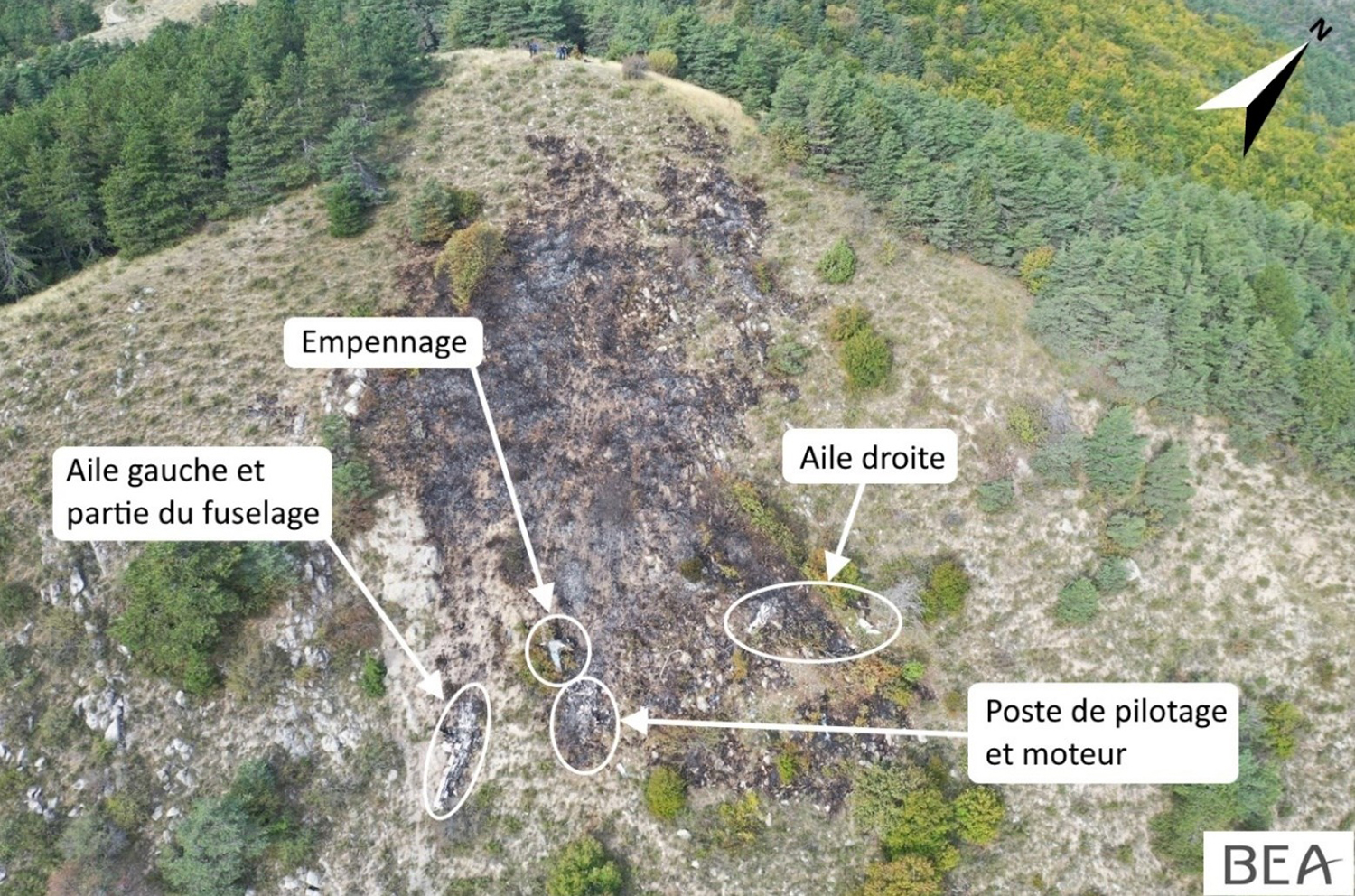Crash of a Pilatus PC-6/B2-H2 Turbo Porter in Moruya: 1 killed
Date & Time:
Sep 27, 2025 at 1420 LT
Registration:
VH-XAA
Survivors:
No
Schedule:
Moruya - Moruya
MSN:
809
YOM:
1980
Crew on board:
1
Crew fatalities:
Pax on board:
0
Pax fatalities:
Other fatalities:
Total fatalities:
1
Circumstances:
The single engine airplane departed Moruya Airport on a local skydiving flight with eight skydivers and one pilot on board. After all eight occupants jumped out, the pilot was returning to base when the airplane crashed in unknown circumstances 2 km north of the airfield. The pilot was killed and the airplane was destroyed. It was owned by Jump Aviation and operated by Skyone Moruya.
















